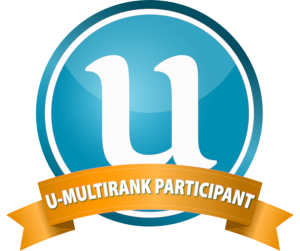Physical Anthropology (MK_029)
About Study Course
Objective
the anthropometrical points of the head, trunk and extremities. Anthropological material and methods: somatometry and somatoscopy, craniometry and cranioscopy; body weight and its components; the percentage of the body fat and the lean body mass. Constitution types, their connection with heredity and diseases.
Prerequisites
knowledge of anatomy and biology
Learning outcomes
After completion of the course the students will be able to:
- enumerate and describe the most important anthropometric measurements on the human body;
- evaluate and compare the human body proportions and correlation between separate parts of the body and changes and trends in different age groups, ethnic and gender groups;
- describe the role of separate anthropometric measurements: height, stretch, circumference, skin-fold thickness, and list the influencing factors;
- define different body proportion indices and formulate how to calculate them.
students will be able to:
- find the somatometric points on the head and the human body, to measure the skin-fold thickness, to define parameters of the plantogram and separate body proportion indices, distinguish the location of the classic structures from norm variants;
- interpret and explain the results, define conclusions and present the results (written, oral).
The students will know, identify and describe different somatometric points of the human body and anthropometric indices.



